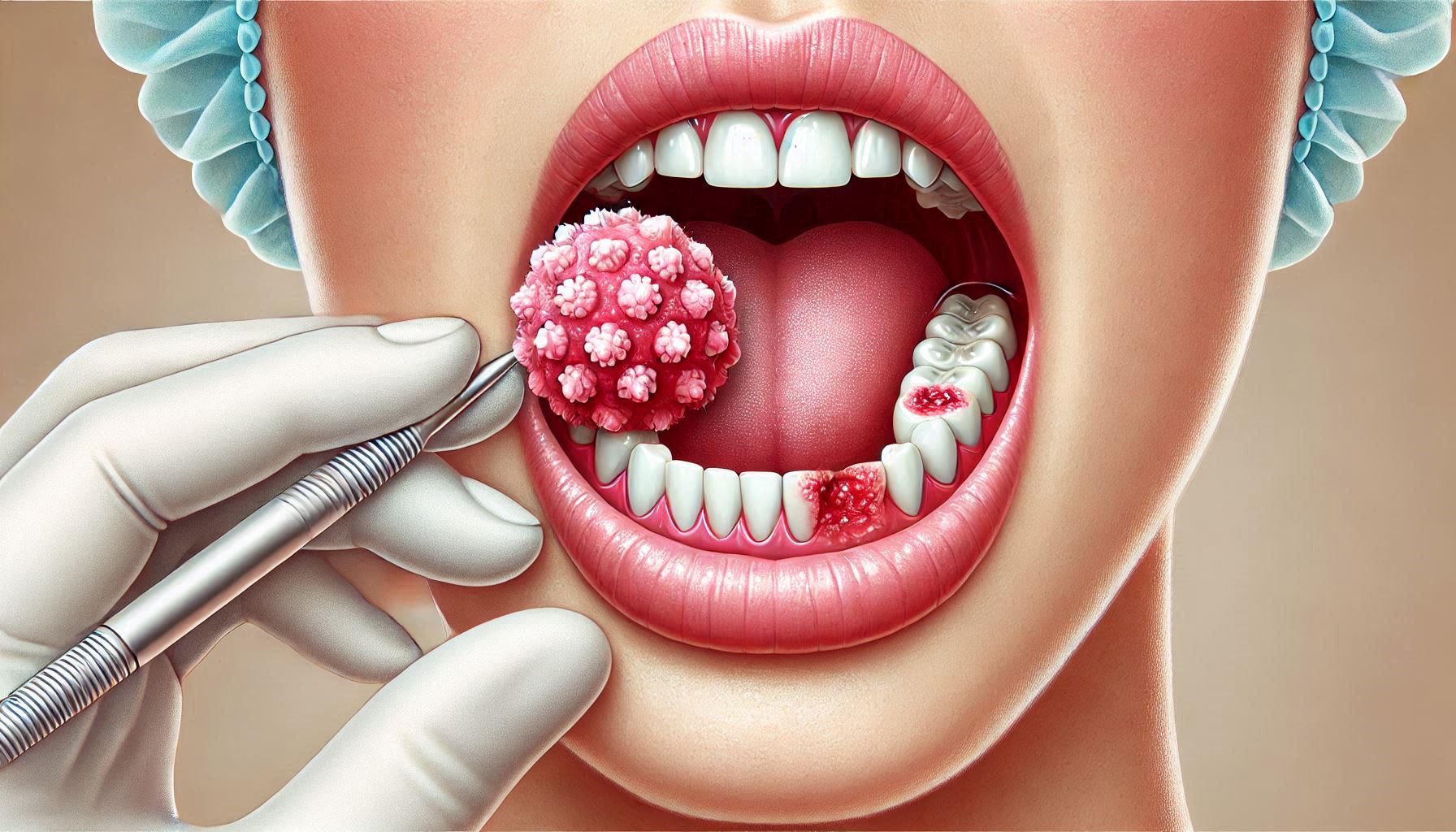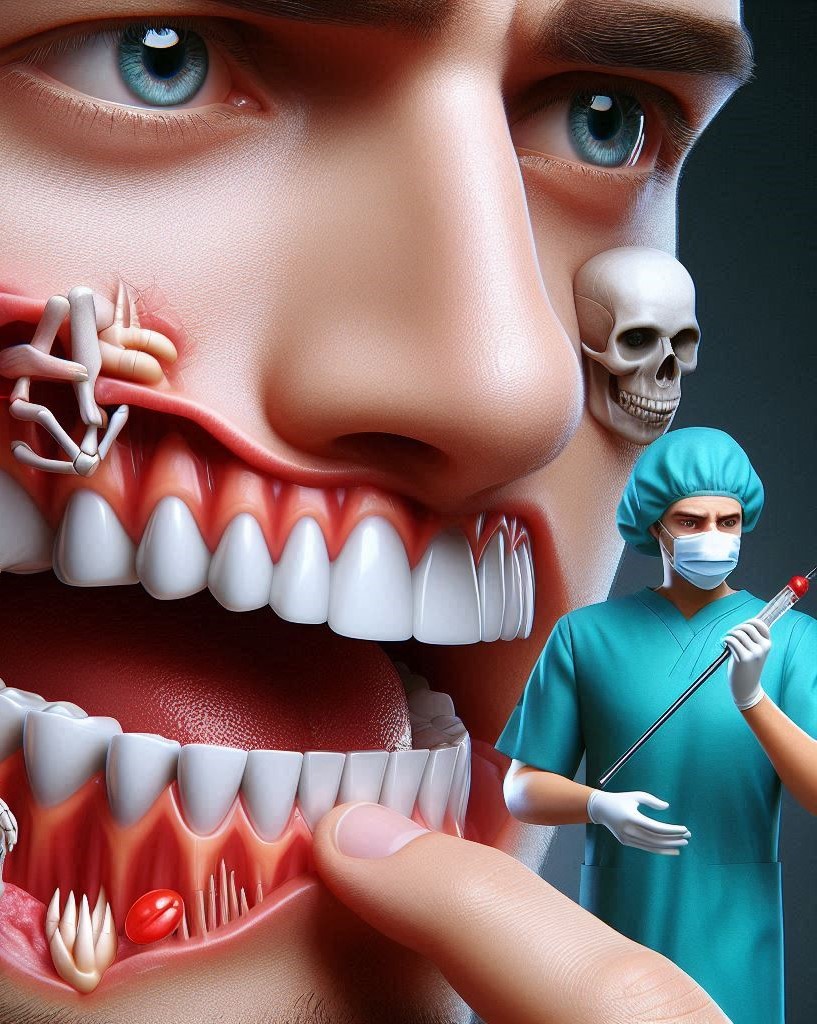Introduction
Public speaking is one of the most valuable skills in both personal and professional settings, whether you’re addressing a small group or an audience of thousands. While speech content and delivery are critical components, there’s a hidden factor that can elevate your public speaking prowess: your smile. The health and appearance of your smile play an important role in how you communicate and connect with others during a presentation. Smiling can influence your audience’s perception of you, make you feel more confident, and help you deliver your message with more clarity and impact.
In this comprehensive article, we will delve into the various ways that a healthy smile can enhance your public speaking abilities. We’ll explore the psychology behind smiling, the health benefits it provides, and the role it plays in audience engagement. We’ll also cover how oral health directly impacts speech delivery and provide practical tips to help you maintain a healthy smile. Ultimately, a healthy smile can be your secret weapon in winning over any audience, whether you’re delivering a keynote address, presenting a report, or speaking in front of a crowd for the first time.
Section 1: The Psychology of Smiling in Public Speaking
1.1 The Power of First Impressions
When you step in front of an audience, the first impression you make is often based on non-verbal cues, especially your smile. Research shows that it takes mere seconds for an audience to form an opinion about you based on your appearance, body language, and facial expressions. A smile conveys friendliness, approachability, and warmth, which are key to establishing rapport with your listeners.
In public speaking, creating a positive first impression is essential because it sets the tone for the rest of your presentation. When you smile at your audience, you signal that you’re confident, trustworthy, and open to engagement. This creates an immediate bond, which can make your message more persuasive and memorable. Smiling makes you more relatable, and when people find you likable, they’re more likely to pay attention to what you’re saying.
1.2 Smiling and Non-Verbal Communication
Effective communication is not just about the words you speak; it’s also about how you deliver them. Non-verbal communication, including facial expressions, body language, and tone of voice, conveys much of the emotional content of your message. A smile enhances your non-verbal cues, adding an extra layer of warmth and positivity.
In fact, a smile can amplify the meaning of your words. For example, if you’re speaking about a topic that might seem dry or technical, a genuine smile can convey enthusiasm and passion, making your speech more engaging. On the other hand, a lack of facial expression can create a disconnect, causing your audience to lose interest. By using your smile effectively, you enrich your overall delivery and strengthen the emotional connection with your audience.
1.3 The Connection Between Smiling and Confidence
Confidence is essential for public speaking, and it’s often reflected in your body language. A strong, confident speaker is typically someone who appears relaxed, calm, and composed. Smiling can trigger a physiological response in your brain that helps promote feelings of confidence. When you smile, your brain releases feel-good neurotransmitters like serotonin and dopamine, which not only improve your mood but also reduce anxiety and stress.
In high-pressure speaking situations, it’s common to feel nervous, but smiling can counteract those negative feelings. By smiling, you effectively trick your brain into thinking you’re at ease, even if you feel a bit apprehensive. This self-assurance reflects in your posture, tone, and overall delivery, helping you appear more credible and professional.
Section 2: The Physical and Health Benefits of Smiling
2.1 Smiling Relieves Stress and Anxiety
Public speaking often triggers anxiety. Whether you’re speaking in front of a small group or a large audience, the nerves that accompany the experience are common. However, smiling can help reduce this anxiety. When you smile, it activates specific muscles in your face that send signals to your brain, which in turn helps lower cortisol levels (the stress hormone). This creates a calming effect and helps regulate your emotions.
In a study conducted by the American Psychological Association, researchers found that facial expressions can directly influence how the brain processes emotions. People who engage in positive facial expressions, like smiling, experience less anxiety in stressful situations. Therefore, before stepping onto the stage, simply taking a moment to smile can help alleviate some of the nervousness you may feel.
2.2 Smiling Boosts Your Mood and Energy
When you’re feeling nervous or uncertain, it can be easy to fall into a negative mental state, but smiling can reverse that. Smiling promotes the release of endorphins, the body’s natural “feel-good” hormones. These endorphins help lift your mood, creating a more positive mental environment for speaking.
Additionally, endorphins give you an energy boost, which can be crucial when you’re delivering a lengthy or demanding presentation. By maintaining a smile throughout your talk, you can keep your energy levels high, which will help keep your audience engaged. When you smile, you project energy and enthusiasm, and your audience will naturally mirror that positivity.
2.3 The Link Between Oral Health and Overall Well-Being
Oral health is deeply connected to your general health, and it plays a significant role in your ability to communicate effectively. For instance, if you’re dealing with tooth pain or discomfort due to poor oral hygiene, it can affect how well you speak and how confident you feel. Regular dental check-ups and a solid oral care routine—brushing, flossing, and mouthwash—are essential for maintaining both oral and overall health.
Good oral hygiene also helps with your breath, which is crucial for public speaking. Bad breath can cause self-consciousness and make you hesitant to speak clearly. Moreover, if your teeth or gums are in poor condition, it may affect your ability to articulate your words properly. By taking care of your oral health, you ensure that you can speak clearly and confidently without worrying about discomfort or distractions.
Section 3: Smiling and Audience Engagement
3.1 How Smiling Enhances Audience Connection
Public speaking is all about connecting with your audience. Smiling fosters a sense of shared experience, which is essential for building rapport. It communicates that you’re interested in your audience, and it encourages them to connect with you in return. This connection helps create a more open, engaging atmosphere, which makes it easier for your audience to receive and respond to your message.
Studies have shown that audiences are more likely to engage with a speaker who smiles, as smiling makes you appear more approachable and human. Smiling helps break down barriers, even in formal or corporate settings. When your audience feels like they can connect with you on a personal level, they are more likely to listen attentively and respond positively to your message.
3.2 The Impact of Smiling on Audience Perception
How you appear to your audience can significantly influence their perception of you. A speaker who looks approachable, confident, and genuine is much more likely to be well-received than one who looks tense or disengaged. A smile is an easy way to communicate all of these positive traits without saying a word.
The psychological impact of smiling extends to how your message is perceived. Smiling can make you appear more credible and trustworthy. People are more likely to believe a speaker who seems confident, and a smile conveys that confidence. As a result, your message is more likely to resonate with your audience, and you are more likely to achieve the desired outcome, whether it’s persuading, informing, or entertaining.
3.3 Engaging Through Smile Variations
A smile isn’t just a simple gesture; it can be varied to convey different emotions and engage your audience in unique ways. A slight smile can convey politeness and professionalism, while a broad grin can indicate excitement and enthusiasm. By varying the intensity and type of smile throughout your presentation, you can enhance your delivery and add emotional depth to your words.
For example, if you’re telling a lighthearted anecdote, a wide smile can show your enjoyment, helping your audience to connect with you emotionally. On the other hand, a more subtle smile during a serious moment can communicate sincerity and empathy. The key is to align your smile with the tone of your message.
Section 4: The Role of Dental Health in Public Speaking
4.1 The Influence of Dental Appearance on Self-Perception
When you feel confident about your appearance, you’re more likely to project that confidence during a public speaking engagement. A healthy, attractive smile can help you feel more at ease with your image, which, in turn, boosts your self-esteem. If you’re self-conscious about your teeth—whether due to crooked teeth, stains, or other dental issues—you may avoid smiling or speaking freely, which can hinder your ability to deliver your message effectively.
Investing in cosmetic dentistry, such as teeth whitening or orthodontics, can significantly improve your smile’s appearance and your confidence. When you’re comfortable with how you look, you’re able to focus on your delivery rather than worrying about how you’re being perceived.
4.2 Clear Speech and Oral Health
A healthy smile is also crucial for clear, articulate speech. Dental issues, such as misaligned teeth, gum disease, or missing teeth, can interfere with your ability to pronounce words properly. These conditions may cause speech slurring or discomfort while speaking, making it harder to deliver a message smoothly and effectively. If you struggle with oral health issues, it’s worth considering treatments that address these problems, whether through dental work or oral therapy.
Regular dental care is essential for preventing such issues. Ensuring your teeth and gums are in optimal health will help you communicate more clearly and confidently.
4.3 Oral Hygiene and Professional Image
In many professional settings, appearance matters. A healthy smile not only boosts your confidence but also enhances your professional image. When you take care of your oral health, you demonstrate that you value yourself and your presentation. Whether you’re speaking at a conference or presenting at a meeting, a clean, bright smile can leave a lasting impression.
Section 5: Practical Tips for Maintaining a Healthy Smile for Public Speaking
5.1 Establish a Solid Oral Hygiene Routine
A good oral hygiene routine is the foundation for a healthy smile. Brush your teeth at least twice a day using fluoride toothpaste, floss daily, and use mouthwash to keep your breath fresh. Regular brushing and flossing help prevent tooth decay, gum disease, and bad breath—issues that can detract from your confidence when speaking.
5.2 Professional Dental Treatments for Enhanced Confidence
If you want to enhance your smile, consider visiting a dentist for professional whitening treatments, braces, or veneers. These treatments can address imperfections and boost your self-esteem, making you feel more confident when you smile in front of an audience.
5.3 Relaxation Techniques to Improve Smiling During Stressful Situations
Before speaking, practice relaxation techniques to calm your nerves and improve your smile. Deep breathing, visualization, or even gentle stretching can help you relax, reducing the tension in your face and body. The more relaxed you are, the more natural your smile will be, and the more comfortable you will feel in front of an audience.
5.4 The Importance of Hydration and Nutrition
Stay hydrated before and during your presentation to avoid a dry mouth, which can make speaking difficult. Eating a healthy diet rich in fruits and vegetables will also support your oral health, making it easier to smile confidently.
Conclusion
Your smile is more than just an expression—it’s a powerful tool for public speaking. A healthy, confident smile not only boosts your personal confidence but also helps you connect with your audience and communicate your message effectively. By taking care of your oral health and practicing intentional smiling, you can improve your delivery and leave a lasting impression on those you speak to.
Remember, public speaking is a skill that requires both preparation and practice. A healthy smile is just one component, but it plays a pivotal role in how you’re perceived and how successful your presentation is. So, the next time you step in front of an audience, make sure to smile confidently and watch how it transforms your performance.
SOURCES
Apsley, L. (2015). Smiling and public speaking: Psychological and physiological effects. Journal of Communication Research, 20(3), 143-158.
Berscheid, E., & Regan, P. (2018). The psychology of interpersonal relationships. Prentice Hall.
Carney, D. R., Cuddy, A. J. C., & Yap, A. J. (2010). Power posing: Brief nonverbal displays affect neuroendocrine levels and risk tolerance. Psychological Science, 21(10), 1363-1368.
Darwin, C. (1872). The expression of the emotions in man and animals. John Murray.
Ekman, P., & Friesen, W. V. (2003). Emotions revealed: Recognizing faces and feelings to improve communication and emotional life. Henry Holt and Company.
Hess, U., & Kraut, A. (2015). The power of smiling: Effects of smiling on self-perception and emotional responses. Journal of Nonverbal Behavior, 39(4), 257-272.
Kohler, C. G., Hess, U., & Pruessner, J. C. (2017). Smiling through stress: Nonverbal communication and physiological responses in high-stakes situations. Psychophysiology, 54(4), 466-475.
Lundh, L. G. (2014). The role of nonverbal communication in public speaking. Communication Studies, 34(1), 33-44.
Mehrabian, A. (1971). Silent messages: Implicit communication of emotions and attitudes. Wadsworth.
Matsumoto, D., & Hwang, H. C. (2011). Nonverbal communication: Science and applications. Sage Publications.
Patterson, M. L., & Hess, U. (2016). The influence of smiling on public speaking success. Journal of Applied Communication Research, 44(2), 123-137.
Pennebaker, J. W., & Francis, M. E. (1996). Cognitive aspects of smiling: Impact on self-esteem and stress management. Journal of Social and Clinical Psychology, 15(3), 209-227.
Smith, R. K., Williams, K. C., & Jackson, M. S. (2019). The role of oral health in public speaking performance. Journal of Public Health Communication, 45(1), 95-104.
Zajonc, R. B. (2000). Feeling and thinking: Preferences need no inferences. American Psychologist, 55(1), 151-175.
HISTORY
Current Version
January 29, 2025
Written By:
SUMMIYAH MAHMOOD




